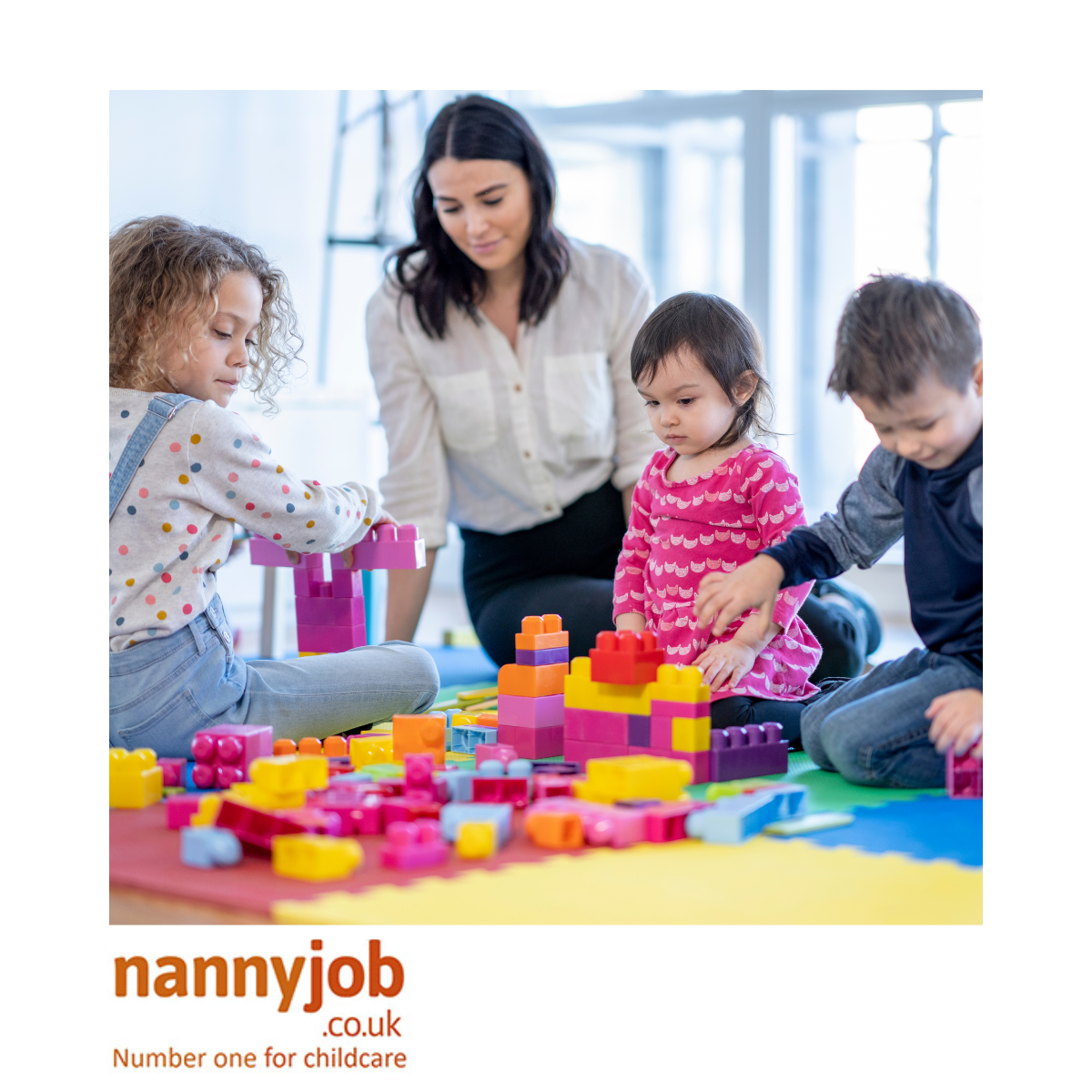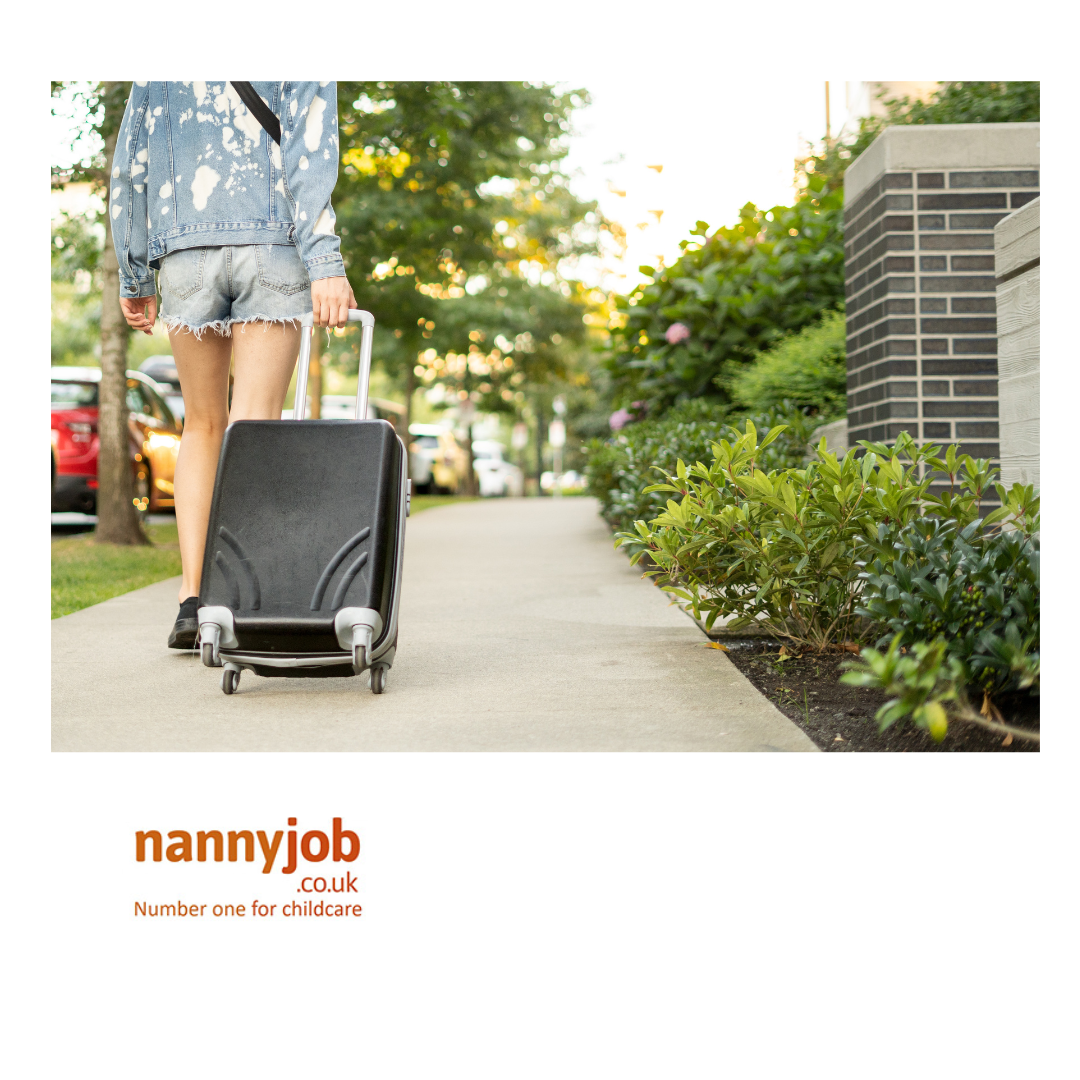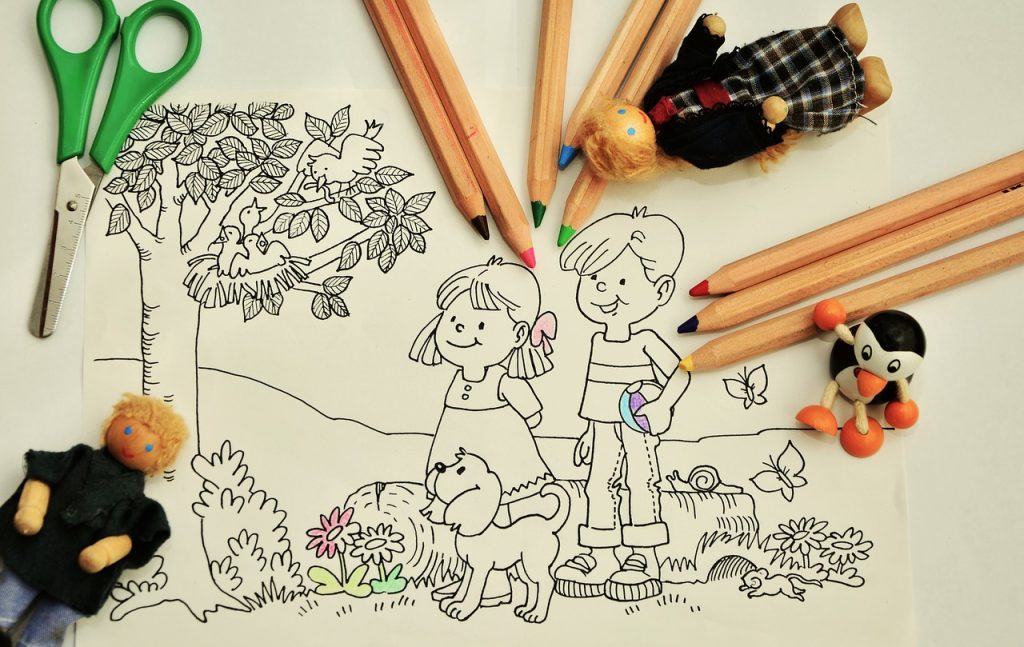As nannies, we’re always on the lookout for fresh, fun, and educational activities to engage the children we look after. Not only do these activities help us keep the kids entertained, but they also play a crucial role in their cognitive development, enhancing creativity, curiosity, and problem-solving skills.
So, whether you’re looking for some new ideas to break the routine or seeking inspiration for your next playful adventure, we’ve got you covered. Here’s a small guide to help you inspire your young charges and foster a love of learning and exploration.
1. Outdoor Scavenger Hunt
Taking the kids outdoors is a great way to spark their interest in nature and the world around them. A nature-themed scavenger hunt in your backyard or local park is an exciting activity. Create a list of items for the children to find, like a feather, a leaf of a specific shape, or a particular flower. This not only keeps them physically active but also encourages them to observe and explore their surroundings.
2. Arts and Crafts
Crafts are an excellent way to keep little hands busy while fostering creativity and fine motor skills. This could involve anything from painting with watercolours, making collages with old magazines, or creating homemade playdough. The possibilities are endless, and the resulting artworks can be keepsakes that parents will treasure.
3. Indoor Games
Rainy days needn’t be boring. Indoor games can provide endless entertainment. From classic games like charades and Simon says to building blanket forts or setting up an indoor treasure hunt, there’s a myriad of ways to keep the kids happy and engaged indoors.
4. Storytelling and Role Play
Invent a story with the children, taking turns to add to the narrative. This not only fosters creativity but also helps in building their language skills. Dressing up and role-playing parts of the story can add to the fun and make the experience more interactive and enjoyable.
5. Cooking and Baking
Involving children in simple cooking or baking activities can be a delightful experience. Making their own sandwiches, decorating cupcakes, or assisting in making dinner not only teaches them valuable life skills but also introduces them to the joy of cooking.
While these are some suggestions, the world of child-friendly activities is limitless. However, as a community of experienced and dedicated nannies, we know that some of the best ideas come from you. We invite you to share your favourite activities that have been a hit with the kids you look after. Let’s continue to learn from and inspire each other, fostering a space where creativity and curiosity can thrive in the hearts of the children we care for.
Leave a comment below with your go-to activities!











